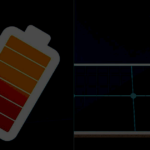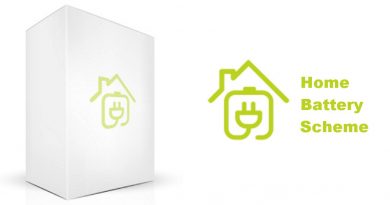ACT Home Energy Support Scheme Report Card Released

An ACT Government program to improve energy efficiency, comfort and sustainability for community and public housing tenants has been delivering on its intended outcomes according to an external evaluation.
The Home Energy Support Scheme kicked off in March 2022, providing rebates and other support for lower-income tenants and homeowners. Under the initiative, more than 1,500 public housing and 172 community housing properties have had ceiling insulation installed, or electrification upgrades (or both) to date.
ACT Minister for Water, Energy and Emissions Reduction Shane Rattenbury said low- income households spend a comparatively high proportion of their income on energy and feel the impact of rising energy prices more than most.
“It is important that we support Canberrans most in need to transition their homes, so we can make sure all Canberrans experience the benefits of the energy transition,” said Minister Rattenbury. “We’re hearing great feedback from participants that they are saving money and feeling more comfortable in their homes and are protected from extreme temperatures.”
Housing ACT Energy Efficiency Program Evaluation Report
An external evaluation of aspects of the scheme was released yesterday, consisting of several reports. The Housing ACT Energy Efficiency Program Evaluation Report prepared back in April looked at Phase 1 of the program, which was rolled out from January 2023 to March 2024.
- 585 Housing ACT homes received insulation upgrades.
- 200 homes had electric appliance replacements.
- 100 homes were fully electrified.
- 11 were completely disconnected from gas.
Phase 1 of the program also improved the electrical safety of homes where needed as part of insulation upgrades.
A survey of 71 beneficiaries found:
- More than 50% said their homes were uncomfortable “often or always” during summer and winter prior to the upgrades.
- 86% said the comfort of their homes had improved since receiving the upgrades.
- 48% said the use of heating in winter and cooling in summer has decreased since the upgrades.
- 64% of respondents said that their wellbeing has improved.
- 48% reported being able cope with heatwaves better.
Several recommendations were made by the evaluators:
- Ensure the program design remains adaptable enough to incorporate increased funding for electrification if it becomes available.
- Share lessons about how all the policies and programs fit together with other jurisdictions.
- Repeat the evaluation survey with a separate group of participants after winter to gauge the thermal comfort benefits.
The evaluation stated a small group of tenants refused the electrification works; preferring to stick with gas, and noted:
“The driver for electrification is weaker than for insulation because the legislated deadline is 2045 for gas and 2026 for insulation.”
The full evaluation report can be found here. Two other reports were also released; one for the Home Energy Support: Community Housing program and another regarding the Chronic Health Conditions (CHC) pilot; which aimed to deliver energy upgrades to 50 homes of people with chronic conditions.
The ACT’s “Just Transition” From Gas
100% of electricity in the ACT has come from renewable sources since 2020. The ACT Government has also committed to achieving net zero emissions for the Territory by 2045, which involves moving away from the use of fossil fuel gas. But a just transition means providing extra support to those who need it most.
The ACT Government aims to electrify all public and community housing, where feasible, by 2030, along with providing programs to help other low-income households improve energy efficiency, comfort and energy affordability.
Another aspect of the Home Energy Support Program offers rebates for eligible homeowners of up to $5,000 in total to install electric appliances, solar power systems, and ceiling insulation. Eligible participants can combine this with a zero-interest loan of up to $10,000. But there are a number of hoops to jump through and choice of suppliers/installers is somewhat limited. More information on the program can be found here.
On a related note and looking beyond just the ACT, a recent CSIRO study found new homes in Australia are more energy-efficient as a result of marked improvements in another element of energy efficiency – air tightness – but there is room for improvement. The minimum energy standard for new homes in Australia currently is 5 – 7 stars, depending on the state. But homes built before 2003, of which there are millions, average 1.5 stars; making many very expensive to heat and cool.
Original Source: https://www.solarquotes.com.au/blog/act-home-energy-scheme-mb3005/















